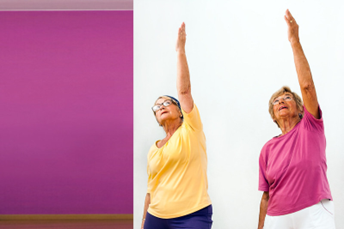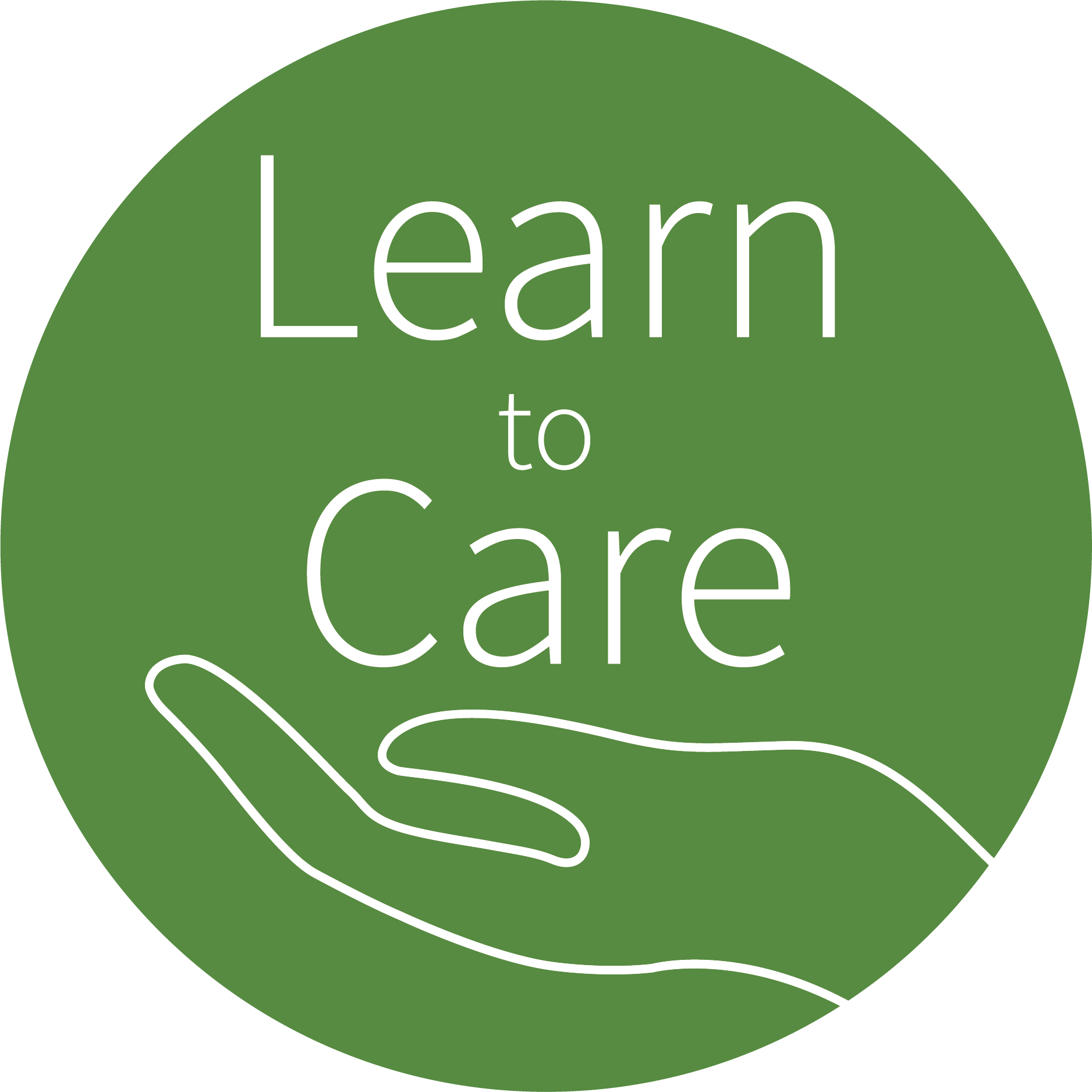
Exercise for balance

Effects of balance training
Falls among the elderly are a major problem in developed countries. Research reports that as many as one quarter of people over the age of 65 fall each year. About 30% of falls result in a serious injury, such as a broken bone or head injury. Therefore, balance training is very important for the elderly, as it is crucial from the point of view of preventing falls and reducing the possibility of injuries in the event of falls.
Balance exercises significantly benefit seniors by enhancing physical stability, cognitive function, and overall quality of life. Here’s a detailed breakdown of how they affect the body (Source links: 10, 11):

Bild: JPhillips4 (Pixabay)
Incorporating simple practices like tai chi, qigong, yoga, or even static exercises such as heel-to-toe walking can yield these benefits. Always consult with a healthcare provider before starting new routines to ensure safety and appropriateness for individual health conditions.

How can i achieve more balance?
Balance is developed through exercises where we gradually reduce the support surface (e.g. standing on one leg, tandem stand, lifting on toes), have a less stable or changing support surface (e.g. walking on cushions, using balance cushions, walking on uneven terrain) , we reduce sensory information (e.g. closed eyes) and dynamic balance exercises where the location of the center of gravity changes (e.g. lateral steps).
When practicing balance, be careful and perform them near a stable support so that you can catch yourself if you lose your balance. The strength of the trunk and leg muscles is also important for better balance.

Exercises

Picture: Ambo Tuo Jalil’s (Flickr)
When practicing balance, be careful and perform them near a stable support so that you can catch yourself if you lose your balance. The strength of the trunk and leg muscles is also important for better balance.


